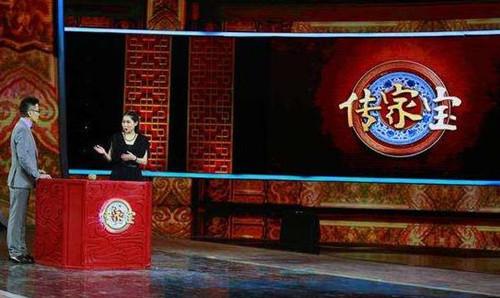
If someone has an ancestral artifact in his family, it must be treated as an heirloom and carefully collected from generation to generation. However, for a long time, the public did not understand the knowledge of cultural relics identification, so it is easy to sell heirlooms cheaply, or believe the words of treasure experts, mistakenly thinking that heirlooms are fakes and imitations.
44 years ago, a farmer went to an antique shop and sold his heirloom for 30 yuan. Unexpectedly, this heirloom eventually skyrocketed in value and must now be valued at 100 million yuan. In the words of Internet buzzwords, once everyone "loved to answer" it, today it is "unattainable".
Its name is Yuanji blue glaze white dragon pattern plum bottle. As can be seen from the name, this is a piece of porcelain from the Yuan Dynasty, with a Blue Glaze applied throughout the body, and the bottle body is engraved with dragon ornaments. Its birthplace is the Jingdezhen porcelain kiln, and in the Yuan Dynasty, the major porcelain kilns in Jingdezhen were firmly controlled by the imperial court.
Since it is engraved with dragon patterns, it is conceivable that such porcelain was not placed at will in ancient times by ordinary people, and could only be supplied to the imperial palace. As for why it spread to the people, what it has experienced, it is impossible to verify now. We only know that the person who collected this porcelain in the last century was surnamed Zhu, and his name was Zhu Liheng.
In 1976, earthquakes broke out in many parts of the country. At that time, Zhu Liheng lived in Yangzhou, he worked as a farmer in the early years, and later went to the light industry machinery factory as a worker. Zhu Liheng did not understand the true value of this plum bottle in his collection, only remembering that in 1945 someone tried to exchange it for eighteen stone meters, but his mother refused.
In fact, in that era of lack of materials, eighteen stone rice was already a fortune for ordinary people. But the Zhu family has been unwilling to hand over the plum bottle easily until Zhu Liheng marries and has children. When the plum bottle passed to him, it had gone through 6 generations, considering the needs of life, and worried that the earthquake would break the plum bottle, Zhu Liheng decided to sell it.
Unexpectedly, when communicating with the people in the cultural relics store, the other party determined that this plum bottle was a replica of the Qing Dynasty, although it looked some years old, but it lacked the logo of the official kiln. At that time, the custom of cultural relics collection was not as popular as it is now, and even the price of antiquities was often depressed, not to mention that the people in the store did not understand the cultural relics of the Yuan Dynasty.
Zhu Liheng asked for 30 yuan at that time, and the people in the store felt that it was a little higher, only willing to pay 16 yuan, and the two sides discussed for half a day, and finally sold at a price of 18 yuan. After that, the plum bottle was left in the corner to eat ash, because no one could see how precious it really was. After Shen Shengli, a foreign trader of Shanghai porcelain, accidentally saw it, he was greatly amazed.
He believes that this plum bottle absolutely cannot be something from the Qing Dynasty. At this point, the plum bottle gradually attracted attention, in 1978, it participated in the Beijing collection of cultural relics report exhibition, once unveiled, it caused the major museums to "compete", and finally the Yangzhou Museum won the plum bottle, invited professional ancient ceramic experts for identification.
So the plum bottle officially completed the transformation from "small transparent" to national treasure-level cultural relics, to know that like this Yuan Dynasty plum bottle, at home and abroad added up to only 3 pieces preserved. In 2013, the Yuanji blue glazed white dragon pattern plum vase was included in the list of cultural relics that are prohibited from going abroad (abroad) to exhibit.
Who would have thought that a "vase" bought by an antique shop at a low price of 18 yuan would eventually become a cultural relic that all parties were scrambling for? When it debuted, French collectors were even willing to buy it for 4 billion yuan. Fortunately, the national treasure eventually remained in China, and I am afraid that Zhu Liheng could not have imagined that it would be so precious.